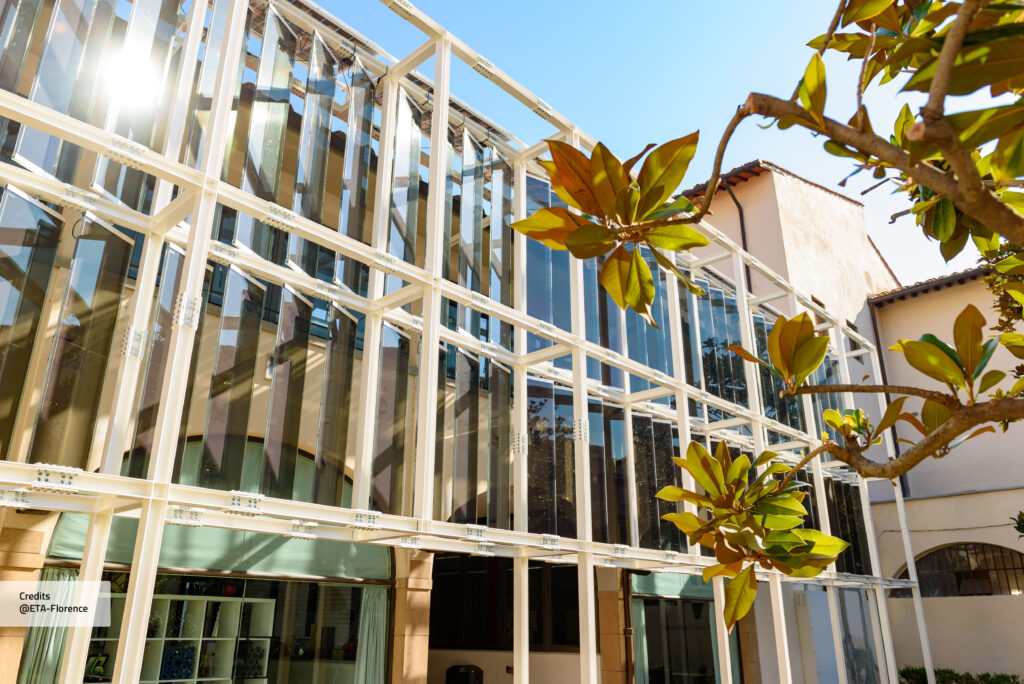On December 2023, negotiators agreed the final text of the EPBD, aiming at decarbonising EU buildings and key measures to use solar in buildings to cover the remaining electricity demand. The EU Solar Strategy aims to provide the right framework to massively deploy solar PV energy in Europe, 400 GWdc by 2025 and almost 750 GWdc by 2030. Investments in large-scale factories, aims for 30 GW of manufacturing capacity, annually, by 2025.
Net-Zero Industry Act (NZIA) will help strengthen the EU manufacturing and increase the competitiveness of EU technology. In parallel, Renovation Wave Strategy aiming to at least double renovation rates in the next ten years. By 2030, 35 million buildings could be renovated and up to 160,000 additional green jobs created in the construction sector. Revamping Europe’s building stock is not only expected to widely support by the construction sector but it also help tackle climate change.
New buildings must be equipped with solar in all building segments. Moreover, for all existing buildings, when they undergo a major renovation, an ambitious approach to maximise synergies of solar PV with other building works is a huge opportunity to match Renovation Wave and Repower EU strategies.
Encouraging the use of PV as construction element of the building skin (BIPV), can easily increase also cost-effectiveness by joining advantages of building skin re-cladding during retrofit operations with on-site energy production. In the past 15 years, many integrated photovoltaics (BIPV) products have been introduced and demonstrated.
There are nowadays three main priorities:
- There is a need now for a huge scale-up and capacity of BIPV in Europe.
- It is now essential that BIPV production capacity become widely available and affordable by establishing an integrated EU BIPV value chain, matching construction and solar industry needs, build-up its resilience and competitiveness for a “made in Europe” BIPV industry.T
- Qualified new professionals should embrace such a new interdisciplinary challenge across Europe, since design to operation of solar buildings.
In this framework, SEAMLESS-PV project is expected to set-up multilevel strategies in the 2024-2026 timeframe, for better connecting existing platforms at EU level, set-up training courses and events bridging the gap among construction and BIPV sector.
During the EU Solar Buildings workshop in Brussels (news coming soon), we will discuss current developments to define a new set of priorities and solutions for solar buildings, with the goal of defining the main mission areas.
Members of SolarPower Europe’s Buildings & Prosumers Workstream and SEAMLESS-PV, manufacturers, research institutes, and associations will network with representatives of related industries and decision makers to exchange intelligence and define the strategic outlook for BIPV market and industry.

